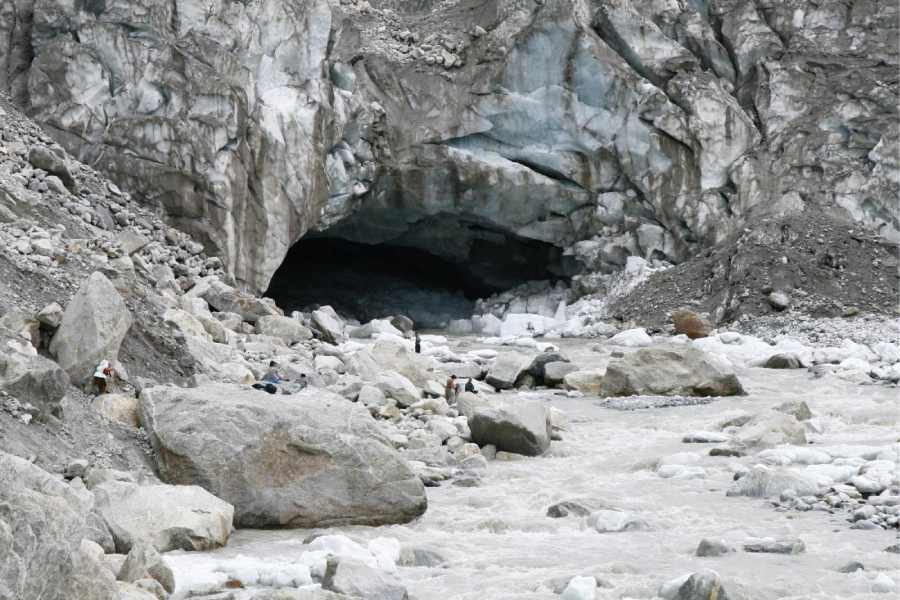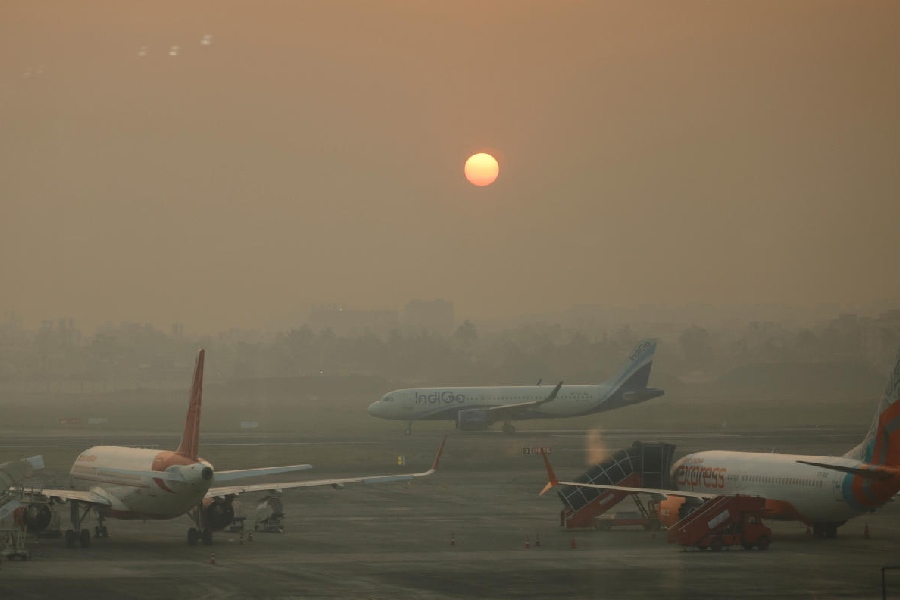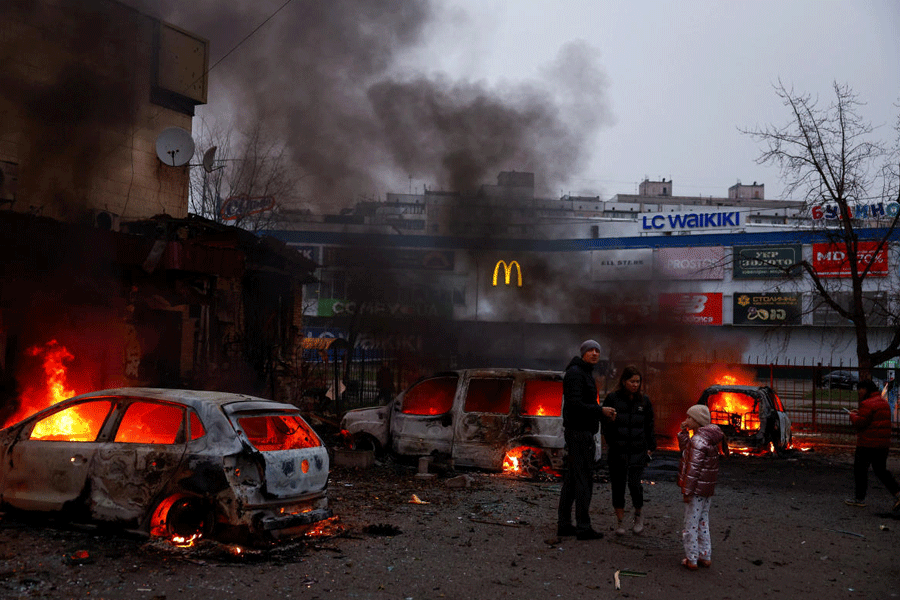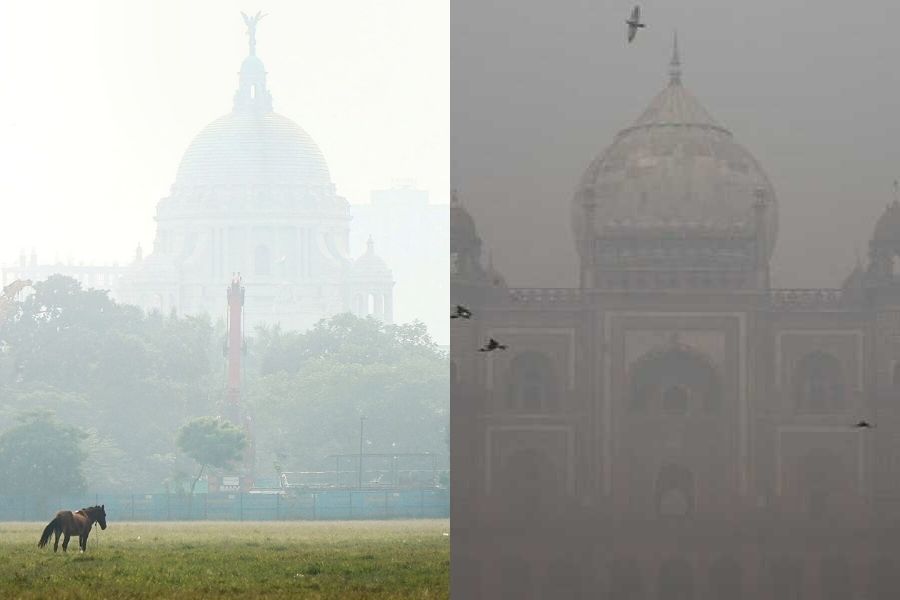A recently published study by IIT Indore scientists and others has found a telltale effect of climate change on the Gangotri Glacier System, the central Himalayan glacier that feeds the Ganga.
The study, which used data from the last four decades (1980-2020), found that over the decades, the snow-melted water has been gradually reducing as the surge in temperature, caused by climate change, is allowing less snow to be formed in one of the most iconic glaciers of the world.
The paper, "Hydrological contributions of snow and glacier melt from the Gangotri glacier system and their climatic controls since 1980", has been published recently in a journal of the Indian Society of Remote Sensing.
It has been prepared by hydrology experts from IIT Indore alongside scientists from four US-based universities and the International Centre for Integrated Mountain Development (ICIMOD), Nepal.
"Over the last four decades, the composition of flow from the Gangotri glacier system is changing due to climate change, and this study offers the most detailed picture yet of how those changes have unfolded over the past four decades," said lead author Parul Vinze, a doctoral scholar at Glaci-Hydro-Climate Lab, IIT Indore.
The report shows that though the snowmelt dominates the flow pattern over the four decades, supplying 64 per cent of the annual flow, followed by glacier melt (21 per cent), rainfall-runoff (11 per cent) and base flow (4 per cent), its relative share is sliding.
"The data analysis shows that while the snowmelt continues to dominate the overall Gangotri glacier flow, its share has gradually reduced in recent decades as less snow falls in the region due to the gradually increasing temperature. This is clearly a signature impact of climate change,” Mohd Farooq Aza, who is with both IIT Indore and ICIMOD, and supervisor of the study, told The Telegraph on Monday.
"Moreover, since the 1990s, peak discharge has shifted from August to July, driven by reduced winter precipitation and earlier summer melting, a trend that can have severe implications for hydropower generation, irrigation and water security at higher elevations," says the report.
The report, in conclusion, explains: "…Long-term trend analysis indicates an increasing trend in mean annual temperature with a decreasing trend in snow cover area, resulting in a decreasing trend of snowmelt on GGS (Gangotri glacial system) over 1980–2020. Conversely, rainfall-runoff and base flow have exhibited increasing trends … suggesting warming-induced hydrological changes, directly linking climate change with the Gangotri trend."
"The trend is being found in many places. Even in Ladakh, I have observed a similar melting trend,” said Abhijit Mukherjee, a groundwater scientist at IIT Kharagpur.











